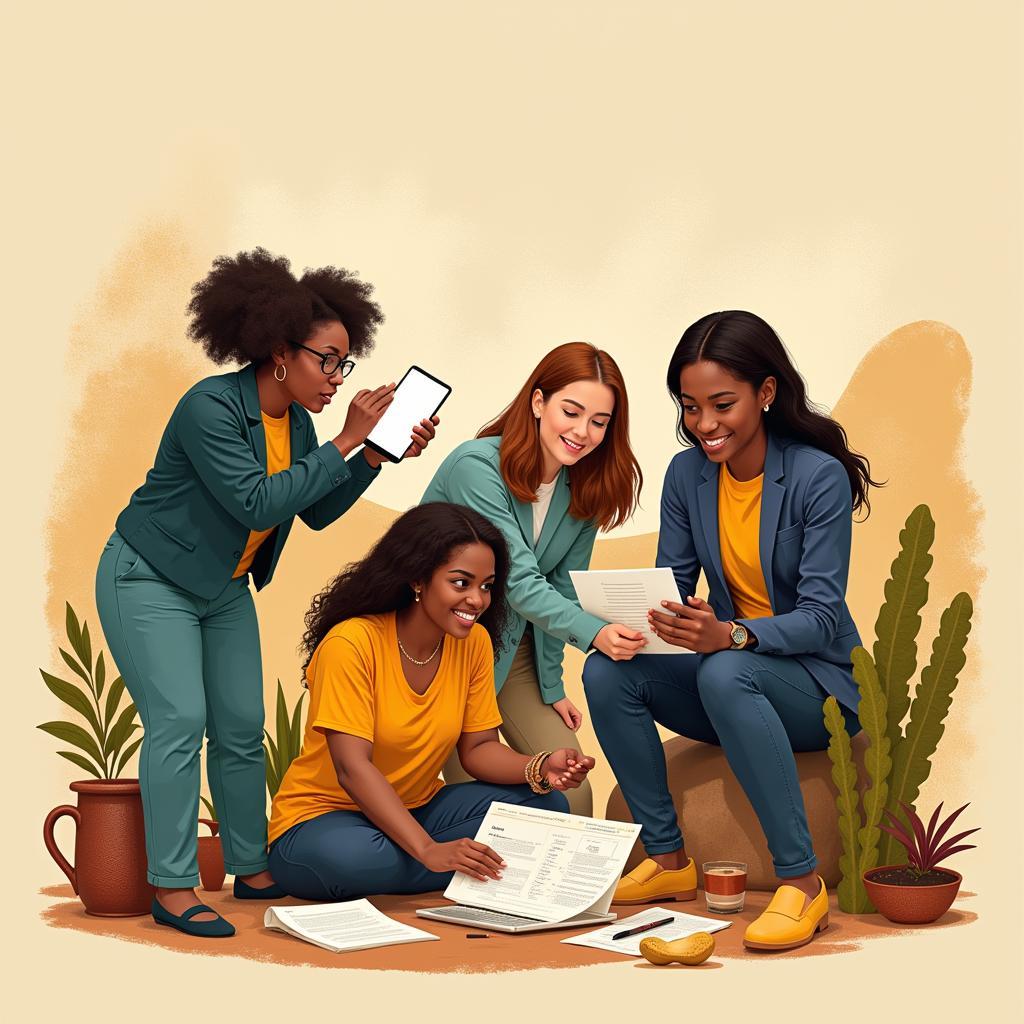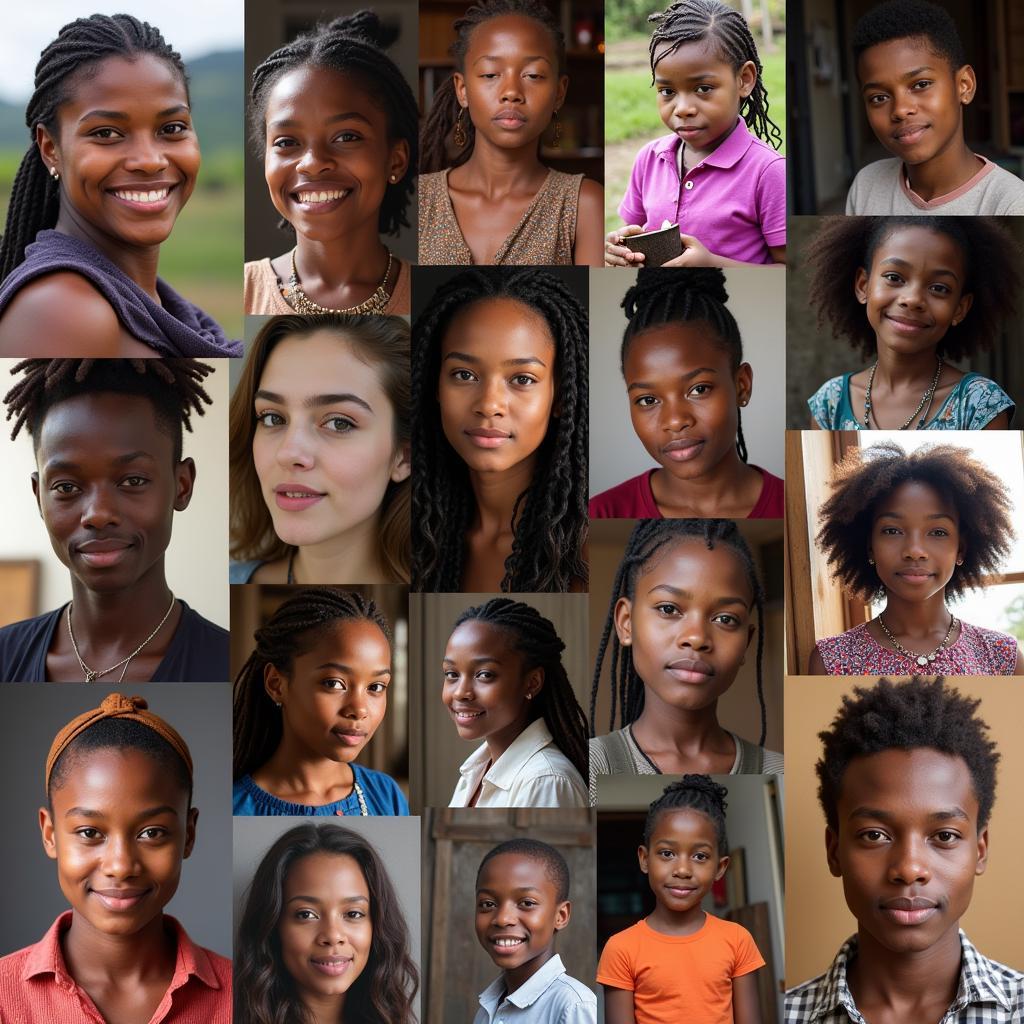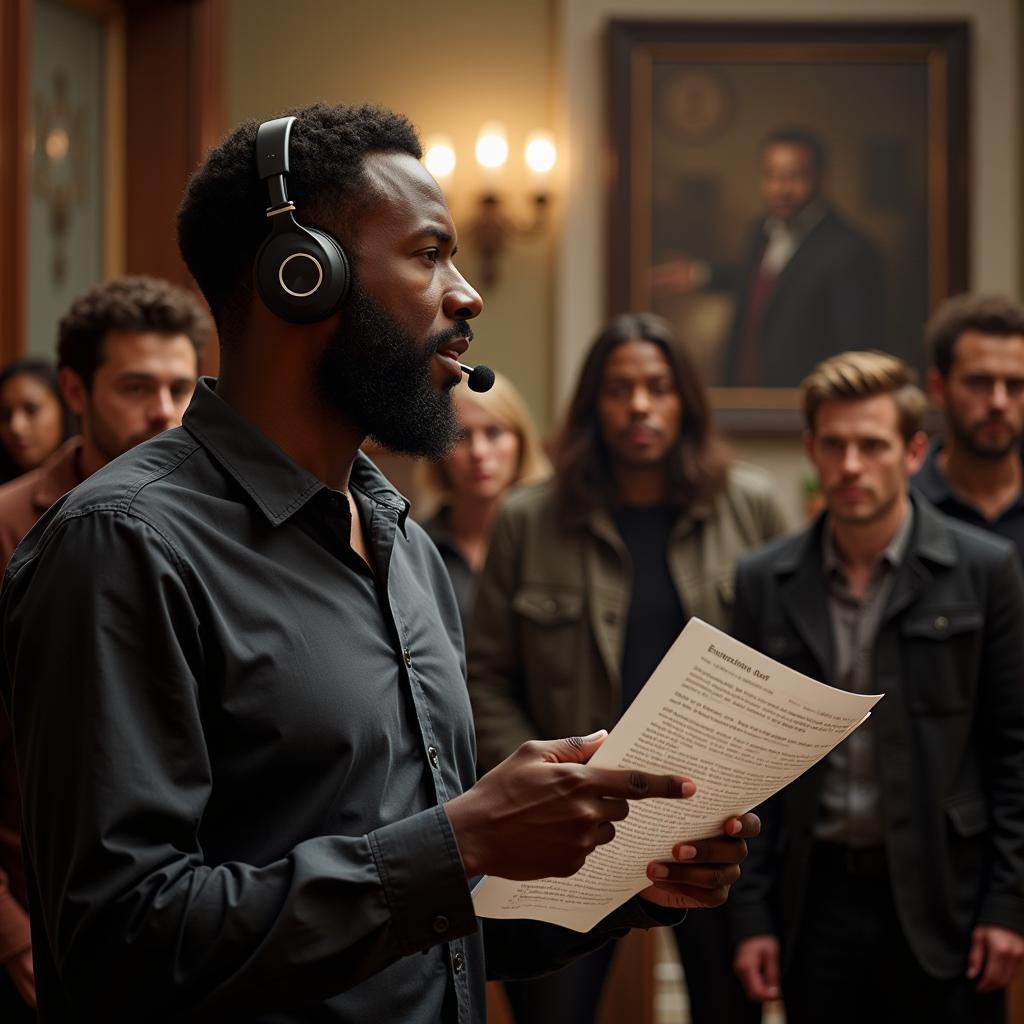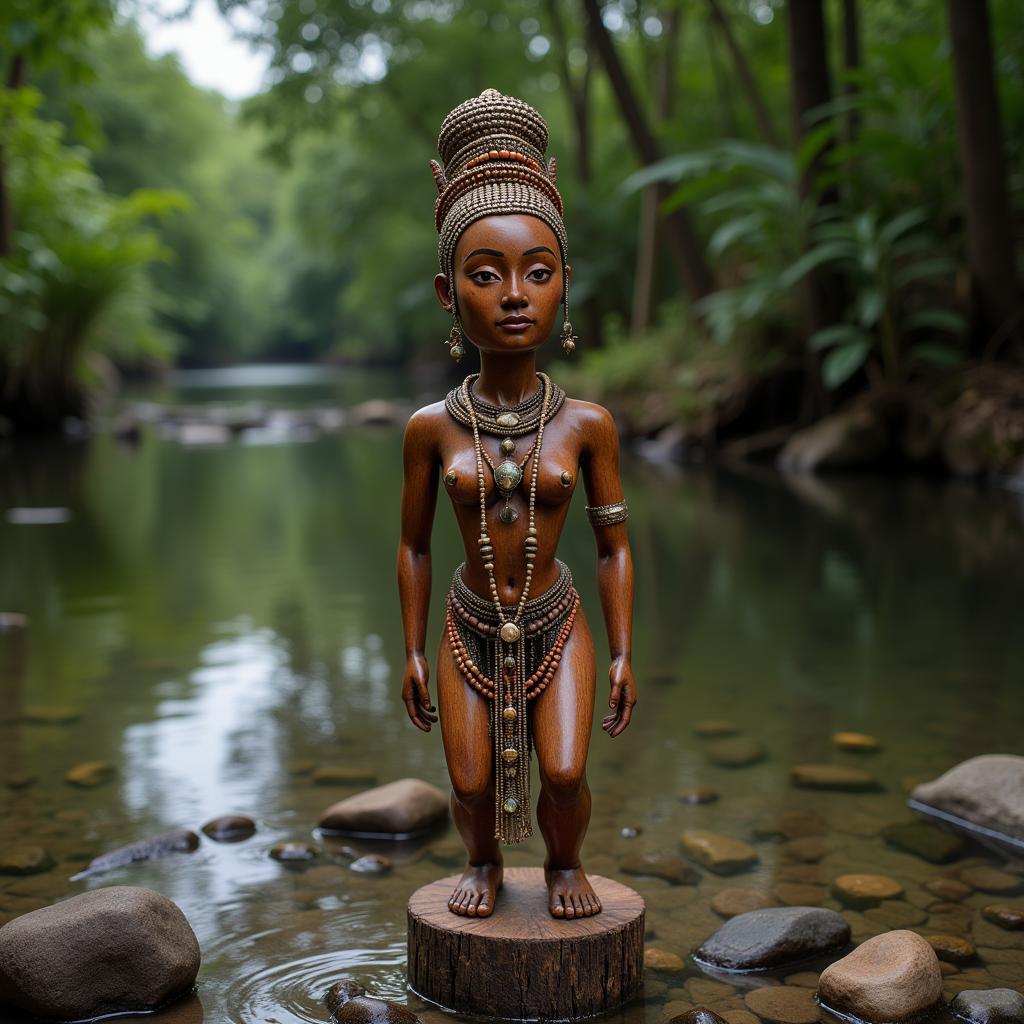African Cute Baby Boys and Girls with Toys Toons
African cute baby boys and girls playing with toys, often depicted in cartoons, offer a delightful glimpse into the continent’s vibrant culture. These images not only capture the innocence of childhood but also reflect the rich tapestry of African traditions, values, and artistic expression. From handcrafted dolls to imaginative play with natural elements, African children’s interaction with toys tells a unique story.
Exploring the World of Play: African Cute Baby Boys and Girls with Toys
Across Africa, toys are not merely objects of amusement but tools for learning and development. They foster creativity, teach social skills, and transmit cultural knowledge from one generation to the next. While modern toys have made their way into African markets, traditional playthings continue to hold a special place in the hearts of many children. These toys, often crafted from readily available materials like wood, clay, and fabric, reflect the resourcefulness and artistic ingenuity of African communities.
Traditional Toys: A Reflection of African Heritage
Many traditional African toys are made from natural materials, reflecting a deep connection to the environment. In rural areas, children might fashion toys from sticks, stones, and leaves, transforming their surroundings into a playground of imagination. Hand-carved wooden animals, woven dolls, and clay figurines are also common, each carrying its own cultural significance and storytelling potential.
For instance, in some cultures, dolls are not just playthings but also representations of ancestors or spirits, playing a role in traditional ceremonies and beliefs. These toys often carry symbolic meanings, teaching children about their heritage and the values of their community.
Modern Toys and Cartoons: A Growing Influence
The influence of global media has brought modern toys and cartoons into the lives of African children. Plastic dolls, action figures, and electronic gadgets are becoming increasingly popular, especially in urban areas. Cartoons, both local and international, are also shaping children’s imaginations and play patterns.
While the influx of modern toys and media can offer new avenues for learning and entertainment, it’s important to maintain a balance and appreciate the value of traditional play. These traditional forms of play often promote greater interaction, physical activity, and connection to cultural roots.
The Importance of Play in Child Development
Play is crucial for the cognitive, social, and emotional development of all children, including African cute baby boys and girls. Through play, children learn to problem-solve, communicate, and express themselves creatively. Toys, whether traditional or modern, provide a medium for this essential development.
Dr. Abeni Adebayo, a renowned child psychologist based in Lagos, Nigeria, emphasizes the importance of play: “Play is not just a pastime; it’s the work of childhood. It’s how children learn about the world, develop their skills, and build their identities.”
Celebrating African Childhood: Toys, Toons, and Traditions
African cute baby boys and girls, with their infectious laughter and boundless energy, bring joy to communities across the continent. Their interaction with toys, whether traditional or modern, offers a window into the rich tapestry of African cultures. By valuing and preserving traditional play alongside the embrace of modern entertainment, we can ensure that African children continue to thrive and develop their full potential.
Professor Kwame Asante, a cultural anthropologist specializing in West African traditions, states: “Toys are more than just objects; they are vessels of culture. They carry stories, traditions, and values that shape the next generation.”
In conclusion, African cute baby boys and girls with toys toons represent a vibrant blend of tradition and modernity. By appreciating the significance of play in child development and celebrating the diversity of African cultures, we can create a nurturing environment for future generations.
FAQ:
-
What are some examples of traditional African toys?
Traditional African toys include hand-carved wooden animals, woven dolls, clay figurines, and toys made from natural materials like sticks, stones, and leaves. -
How do toys contribute to child development in Africa?
Toys help African children develop cognitive, social, and emotional skills through play, problem-solving, communication, and creative expression. -
What is the impact of modern toys and cartoons on African children?
Modern toys and cartoons offer new forms of entertainment and learning, but balancing them with traditional play is crucial for maintaining cultural connections. -
Why are traditional African toys important?
Traditional toys reflect African heritage, teach cultural values, and often promote greater interaction and connection to the environment. -
How can we support the healthy development of African children through play?
By valuing both traditional and modern forms of play, we can create a rich and stimulating environment for African children to learn and grow.
Need More Information?
For further assistance or information, please contact us:
Phone: +255768904061
Email: kaka.mag@gmail.com
Address: Mbarali DC Mawindi, Kangaga, Tanzania
We have a 24/7 customer support team available to answer your questions.



